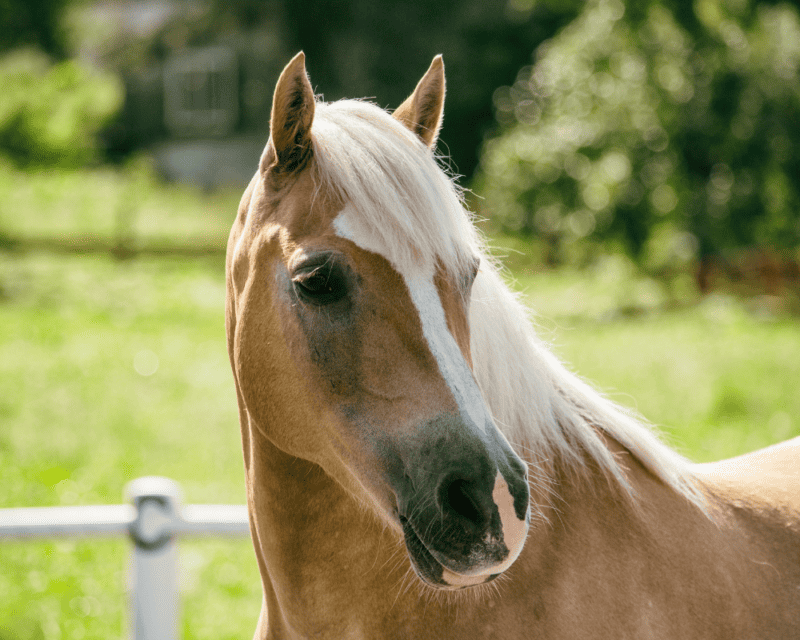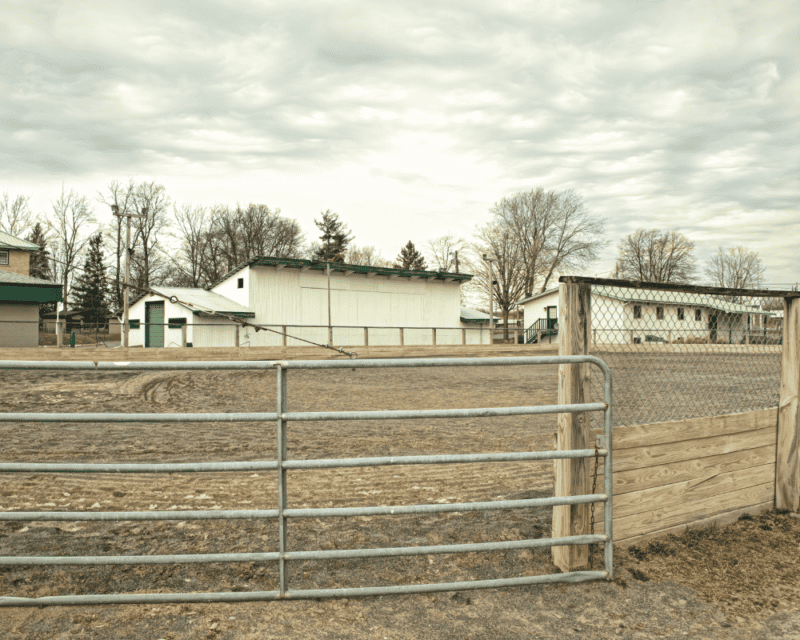When exploring a new barn or enjoying a horse-themed movie, one may spot a horse gracefully circling within a fenced enclosure while a person stands at the centre. These circle pens, called horse round pens, are essential to training horses. Whether you want to learn to ride in the English or Western style, you must know how to build and use a horse round pen.
In this beginner’s guide, we will embark on a straightforward journey to discover the art of constructing and utilizing these essential training spaces. So, join us in unravelling the world of horse round pens.
Selecting the Right Location

When selecting the perfect location for a round pen, careful consideration is paramount. Opting for a level terrain is fundamental to ensure safety and ease of movement. Avoiding uneven surfaces and inclines is essential. Additionally, proximity is key—having the pen situated conveniently close to stables and training areas facilitates efficient use.
Adequate natural light also plays a significant role in promoting a comfortable environment for the horse. Thus, opting for a well-lit space is crucial. It’s essential to recognize that this chosen location forms the bedrock for successful and productive equine training sessions.
Materials and Fencing
The materials for your round pen can vary, but the most common are wood and metal panels. Wood gives a rustic look, while metal panels offer durability. Ensure the fencing is at least 5 feet tall to prevent horses from jumping out.
If you are on a budget, electric tape fencing can be a cost-effective alternative. To boost safety, pad the inside of the pen with rubber or foam in case a horse accidentally collides with the walls.
Size and Dimensions
The size and dimensions of a horse round pen are crucial for practical training. A too-small pen could limit your horse’s movement, and a too-large one can make it tricky to communicate with it effectively.
So, if you’re wondering what size is just right, don’t worry! It often depends upon your training needs. Nevertheless, you can take reference from the round pen from Clinton Anderson, who is a famous horse trainer. Usually, a diameter of 50 feet is considered ideal. Apart from that, it should be 6 feet in height.
Talking about the gate of the round pen, the gate with a 9-foot tall arch and 7 feet of clearance would work just fine.
Footings and Ground Surface

The footing inside the round pen is critical for your horse’s safety. Avoid concrete or hard surfaces, which can cause injury if the horse slips or falls. Instead, use footing materials like sand, dirt, or wood chips to provide a cushioned surface.
Regularly maintain the footing to remain level and free from hazards like rocks or holes. Proper footing ensures your horse’s comfort and reduces the risk of injury during training.
Accessories and Safety
Consider adding accessories like a gate for easy entry and exit to make the most of your round pen. Place water buckets and hay racks within the cell for convenience during training sessions. Safety is paramount, so inspect the fencing for loose or damaged parts regularly.
Ensure no sharp edges or protruding nails could harm the horse. Finally, always supervise your horse in the cell, especially when they are young or inexperienced.
Last Words
Building a horse round pen requires careful planning and attention to detail. By following these guidelines, beginners can establish a secure and efficient arena for horse training.
As you are now armed with the essential knowledge, let’s begin your construction journey.

